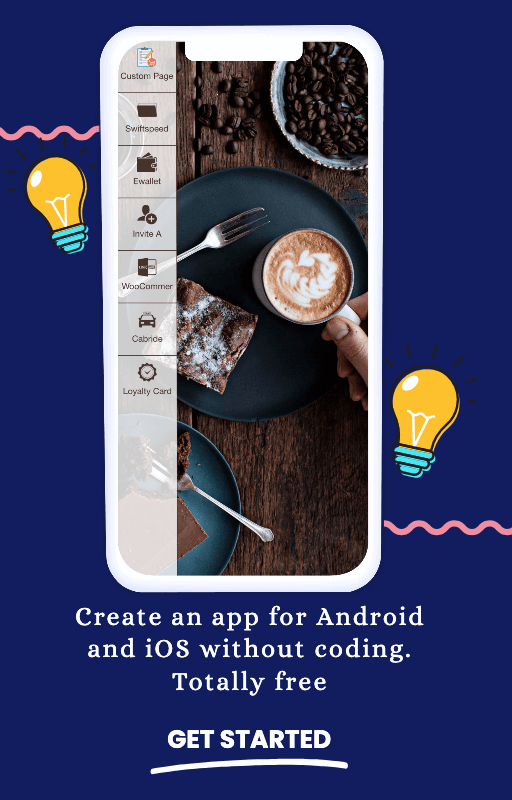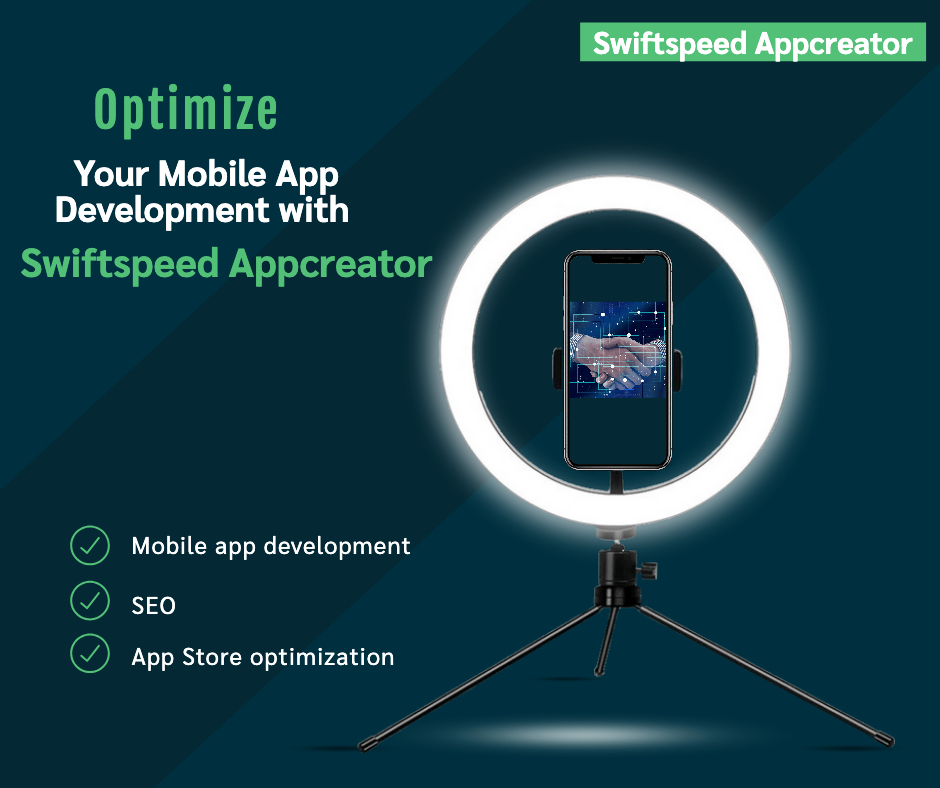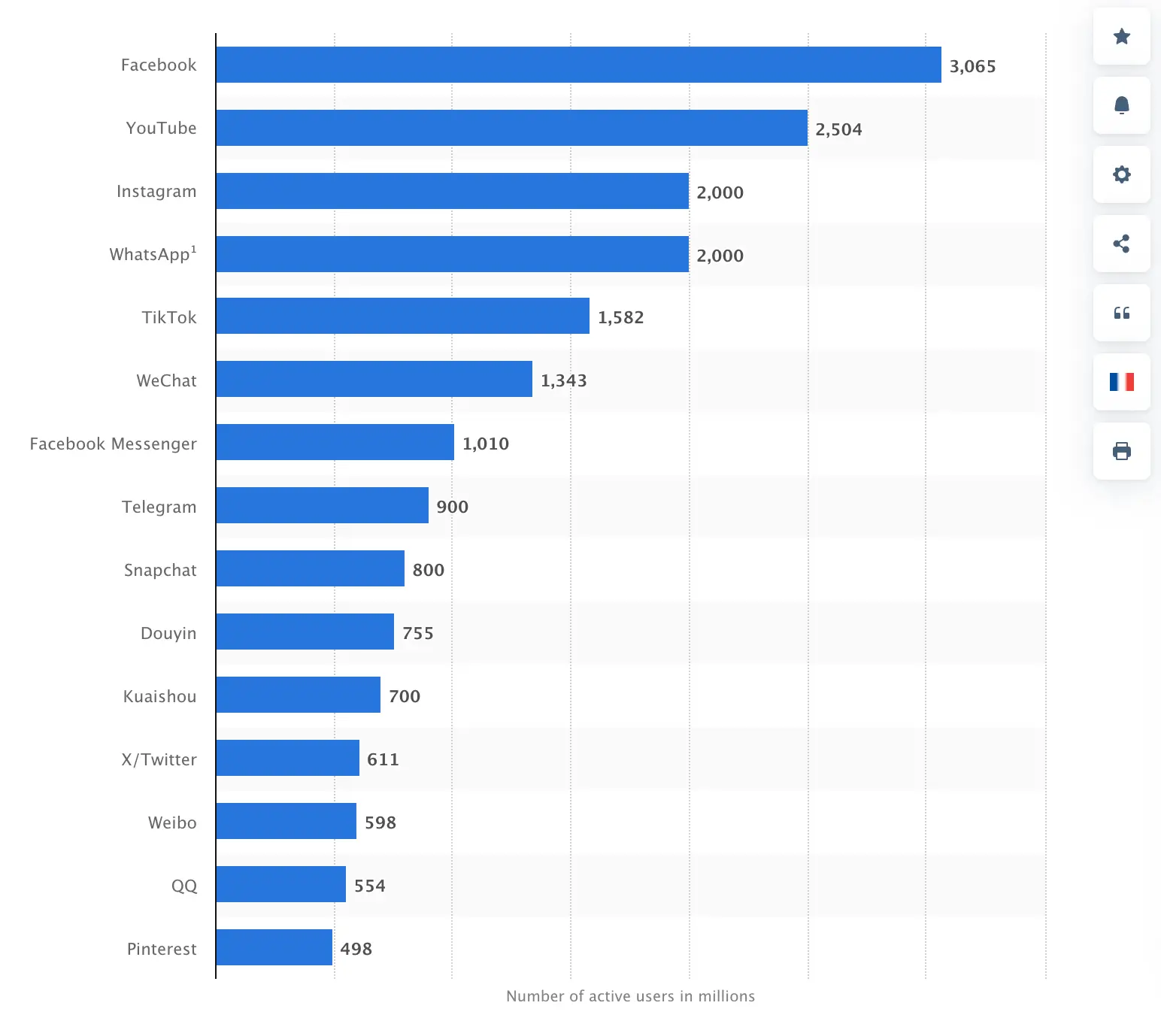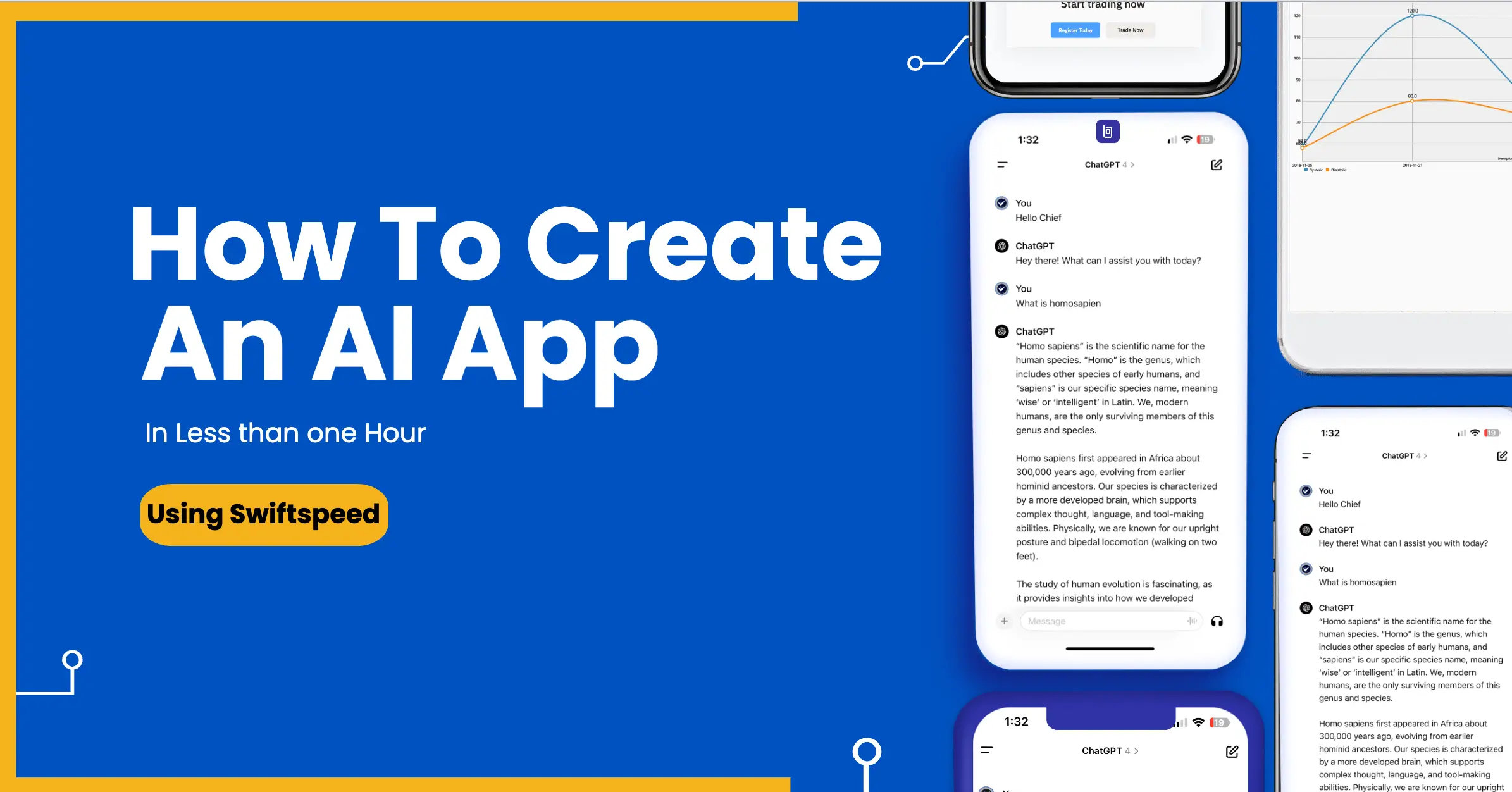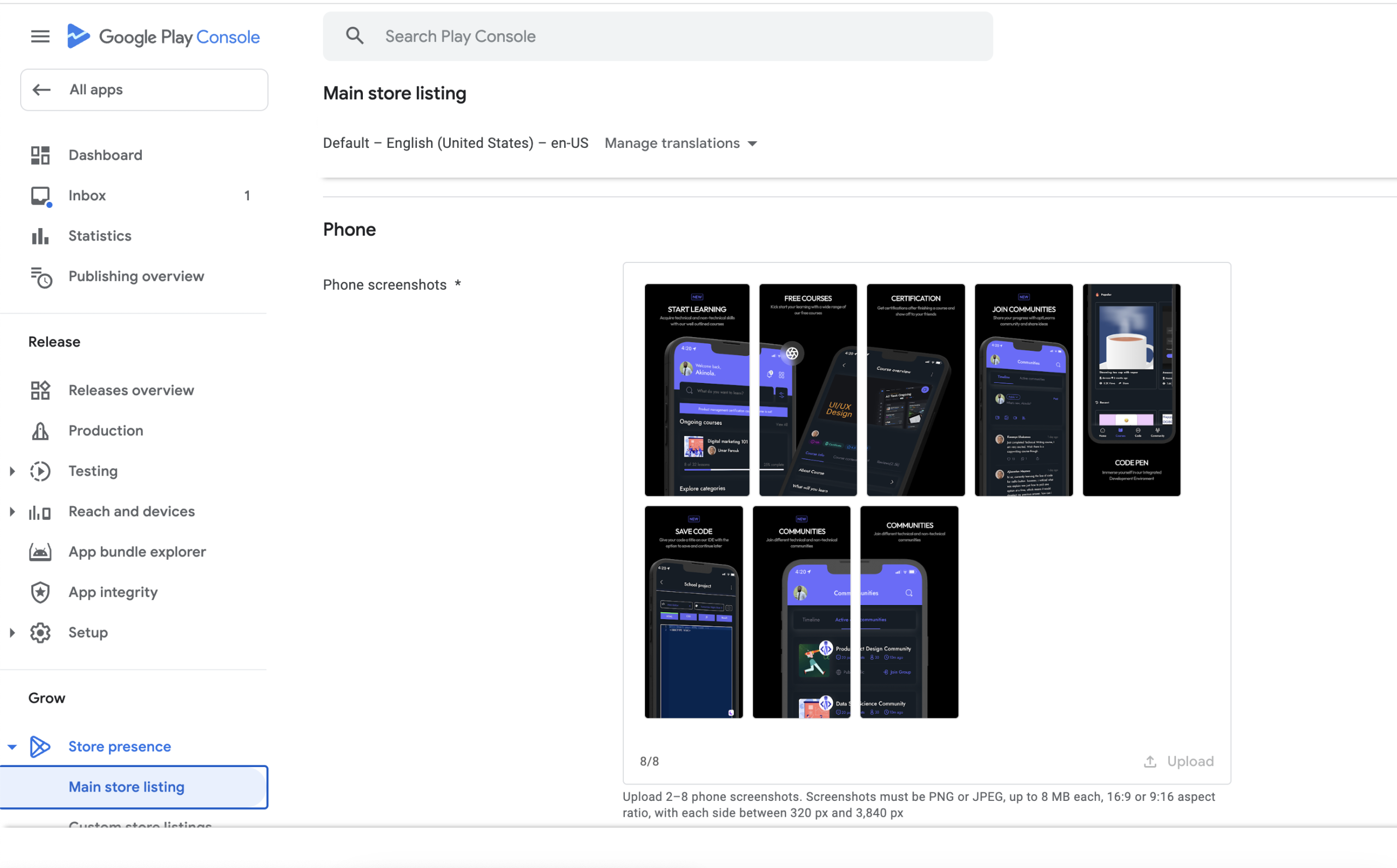Mobile app marketing refers to the promotion of mobile applications to drive user acquisition, engagement, and monetization. With over 5 million apps available on major app stores like the iOS App Store and Google Play and 95% of all internet users accessing apps on mobile devices, mobile apps have become a critical channel for brands to reach and interact with consumers.
As a result, mobile app marketing has gained huge importance over the last decade. According to Data Ai (Formerly App Annie), consumers spent over $170 billion on apps and games in 2021 alone, representing 19% year-over-year growth. Mobile apps now account for the majority of time spent on digital media, surpassing desktop usage. Effective marketing is essential for apps to stand out, acquire loyal users, and achieve success.
Key benefits of mobile app marketing include:
- Direct access to customers – Apps enable brands to establish direct connections and relationships with customers by providing useful features and content.
- Personalization – Apps allow for personalized experiences and tailored messaging based on user data and behaviors.
- Ongoing engagement – Apps facilitate repeated interactions and encourage loyalty among users.
- Monetization – Apps present various revenue opportunities through subscriptions, in-app purchases, and advertising.
As the app ecosystem continues to expand, implementing creative and strategic mobile app marketing will be vital for driving discoverability and growth. Brands that master app promotion have an opportunity to develop lasting engagement with target audiences.
Powerful Strategies for Mobile App Marketing in 2023
1. Understand Your Target Audience
Knowing who your target audience is should be the foundation of any mobile app marketing strategy. Too often, apps try to be everything to everyone which results in a disjointed marketing message. Before spending any time or money on marketing, you need to thoroughly research and analyze your ideal target audience.
Some key areas to focus your research on include:
- Demographics – Age, gender, location, income level, education, marital status, etc. Create a demographic profile of who is most likely to use and benefit from your app.
- Psychographics – Interests, values, attitudes, motivations, and lifestyles. Understand what your audience cares about and what motivates them to take action. Figure out where they spend their time online and offline.
- Behavior – Where and when do they use apps? How frequently do they download new apps? What goals are they trying to achieve? How can your app fit into their daily habits and routines? Observe how your target audience behaves as potential app users.
- Pain points – Identify the main problems, frustrations, and needs your audience faces. Find ways your app can provide solutions.
Really get to know your potential users inside and out. Develop audience personas and profiles that humanize who you are marketing to. The more you can empathize and cater your app directly to your target users, the more effective your marketing will become. Ongoing audience research should inform the messaging and channels you use to market your app.
2. Set Marketing Goals and KPIs
Defining clear marketing goals and measurable KPIs is critical for an effective mobile app marketing strategy. This helps focus your efforts and benchmark success.
Some marketing goals to consider include:
- Number of downloads – How many new users will download your app? Set both overall goals and campaign-specific goals.
- App activations – Of downloads, how many actually open or engage with the app post-install? High activations indicate strong user retention potential.
- User retention – How many users actively return to the app over time? Set goals for retention after 24 hours, 7 days, 1 month, etc.
- Average session length – How long is each user session? Longer sessions signal engagement.
- Revenue goals – For paid apps or in-app purchases, set clear revenue goals. Consider overall revenue, average revenue per user, and revenue by cohort.
- User engagement – How frequently do users engage with key app features? Which features drive the most engagement?
- Satisfaction scores – Collect user feedback and satisfaction ratings to gauge sentiment.
- Lifetime value – For subscription apps, estimate customer lifetime value. Grow this metric over time.
- Social sharing – Does the app incentivize social sharing or referrals? Set goals for shares, invites, etc.
Benchmark early performance before expanding your marketing initiatives. Carefully monitor KPIs to see which strategies are most effective at driving results aligned to your goals. Continuously optimize efforts based on insights from your data.
3. Optimize App Store Optimization
App store optimization (ASO) is a crucial part of any mobile app marketing strategy, as it helps improve your app’s visibility and conversion rate in the app stores. With over 5 million apps on Google Play and 2 million on the App Store, ASO helps your app stand out from the competition.
- Title and Description
Your app title and description are the first things potential users see – so make them compelling. Keep the title short, descriptive, and optimized with relevant keywords. Write a detailed description highlighting your app’s key features and value proposition.
- Icons and Screenshots
App icons and screenshots provide a visual representation of your app. Create a high-quality, eye-catching icon that conveys your app’s purpose. Use professionally designed screenshots to showcase your app’s interface and user experience. Include explanatory captions and feature graphics to tell your app’s story.
- Ratings and Reviews
Customer ratings and reviews significantly influence conversion rates. Ask satisfied users to leave positive ratings and reviews – this helps build trust. Politely respond to negative reviews explaining improvements made. The goal is to gain more 5-star ratings to improve visibility.
4. Leverage Paid Advertising
Paid advertising is an effective way to get your app in front of new users and drive downloads. With paid ads, you can target your ideal audience based on demographics, interests, behaviors, and more. Here are some of the top paid advertising channels to consider:
Social Media Ads
- Facebook and Instagram ads make it easy to target users by location, age, gender, interests, and other attributes. You can run video ads, image ads, carousel ads, and more.
- LinkedIn ads are great for targeting professionals by job title, industry, skills, and other work-related criteria.
- Twitter ads let you target users by keywords, interests, behaviors, and conversations. Promoted tweets are a popular format.
- YouTube and TikTok ads help you reach engaged users interested in video content. You can promote app installs or video ads.
Search Engine Ads
- Google Ads helps you reach people searching for related keywords. You can run text ads at the top and bottom of search results.
- Microsoft Advertising and Yahoo Gemini also offer search ads. Focus on keywords relevant to your app.
Display Ads
- Display networks like Google Display Network, Facebook Audience Network, and more show your ads on third-party sites and apps. Target by context, user data, and placements.
- Retargeting ads engage users who already visited your website or app. Remind them to download your app.
No matter which paid channels you leverage focus on tracking conversions and optimizing based on performance data. A/B tests your ads and targets specific user actions like app installs. With an optimized paid strategy, you can scale your user acquisition and increase downloads.
5. Promote Through PR
Public relations and earned media are powerful ways to promote your mobile app and boost downloads. Here are some PR strategies to consider:
Focus on Earned Media
- Pitch your app to relevant media outlets like app review sites, tech blogs, industry publications, and business magazines. Offer them an exclusive first look or demo.
- Identify reporters who cover mobile apps and tech. Build relationships with them by being helpful and pitching relevant story ideas.
- Schedule briefings to showcase your app and explain key features and benefits. Make it easy for media to experience your app firsthand.
- Tie news pitches to timely trends, events, or app updates. Pitch different story angles to extend media coverage.
- Promote newsworthy app accomplishments like milestones, awards, or new funding.
Utilize Influencer Marketing
- Identify influencers in your niche who align with your brand and have engaged followers. Provide them early access to test your app.
- Ask influencers to post reviews, tutorials, or content featuring your app. Compensate them accordingly.
- Partner with nano-influencers who have highly targeted, niche audiences. Their reviews can be very impactful.
- Guest post on industry blogs, partner with influencers on co-branded content, sponsor influencer videos, or work with them on giveaways or contests.
Encourage App Reviews
- Make it easy for happy users to leave reviews. Prompt at optimal times within the user journey.
- Respond professionally to negative reviews and seek solutions or improvements.
- Highlight top reviews on your website, social media, and other marketing materials.
- Analyze reviews to identify enhancements that will delight users. Reviews provide valuable feedback.
- Reply to reviews thanking users for taking the time. This encourages future reviews.
- Never attempt to manipulate reviews through fake accounts or other deceptive tactics. Maintain trust.
6. Drive Referrals
Referral marketing can be a great way to get the word out about your app and acquire new users. Here are some tips for driving referrals:
- Implement a referral program: Offer incentives for existing users to refer friends and family. This could be a discount, free premium features, or cash rewards. Make sure the incentive is enticing enough to motivate sharing. Track referral codes to see which users are referring others.
- Make sharing easy: Add social sharing buttons within your app. Allow users to easily share about the app via Facebook, Twitter, email, text message, etc.
- Promote social sharing: Run contests and campaigns to incentivize social shares. “Share to unlock a reward” or “Post about our app for a chance to win a prize” can help drive viral growth.
- Use influencer marketing: Partner with relevant influencers, bloggers, and media outlets to have them share your app with their audience. Offer free access or compensation in exchange for posts, reviews, and referrals.
- Distribute branded collateral: Create business cards, stickers, posters, or flyers that users can share with friends to help spread the word. Include a QR code, link, or app store badge to facilitate downloads.
- Notify engaged users: If certain users are highly engaged with your app, reach out to them directly and ask them to share with friends and family. Your most satisfied users can become powerful brand advocates.
- Share updates and news: Whenever you have major app updates, new features, promotions, or news – blast this to existing users to encourage organic sharing and referrals.
Driving referrals ultimately comes down to providing users incentives and opportunities to share your app. Launching referral campaigns, enabling social sharing, distributing branded collateral, and leveraging influencers can help amplify word-of-mouth marketing. Analyze referral data to see which tactics deliver the most new users.
7. Retarget Existing Users
Retargeting existing users is crucial for engaging and retaining your app’s audience. There are several effective strategies for reaching current users:
Push Notifications
- Send timely and relevant push notifications to re-engage users. But avoid being too aggressive or spammy.
- Segment your user base and tailor notifications by user behaviors and interests.
- Test notification content, timing, triggers, and more to optimize open and engagement rates.
- Promote new app features, content, and offers through push notifications.
In-App Messaging
- Display contextual in-app messages based on user actions and app events.
- Encourage downloads, purchases, registrations, and other conversions.
- Communicate new features, helpful tips, and relevant promotions.
- Test different in-app message types, designs, and placements for optimal results.
- Build an email list by encouraging app users to opt in. Offer an incentive for sign-ups.
- Send promotional emails about app updates, features, content, and special offers.
- Segment your list and personalize email content based on user attributes and behaviors.
- A/B test email content, frequency, timing, and more. Measure open, click-through, and conversion rates.
- Leverage automation and behavioral triggers to send emails based on user actions.
Retargeting app users helps maximize engagement, retention and conversions. Test and refine your push, in-app and email strategy over time.
8. Analyze and Optimize
Continuous optimization is crucial for effective mobile app marketing. You need to closely analyze metrics and user behavior to identify areas for improvement.
Discuss analytics: Dive into your analytics platforms to understand user acquisition, engagement, retention, and monetization. Look at metrics like installs, activations, churn rate, lifetime value, and ROI. Segment users to uncover trends. See which marketing channels drive the highest quality users.
A/B test: Run A/B tests to optimize everything from creatives to landing pages. Test different images, headlines, calls-to-action, formats, placements, and more. Measure results to determine the highest performing options. Iteratively improve based on learnings.
Optimize user experience: Pay close attention to friction points in the user experience. Look for ways to streamline onboarding, simplify workflows, improve navigation, or enhance overall usability. Fix pain points through iterative design improvements.
Personalize messaging: Leverage segmentation and behavioral data to tailor messaging to users. Send them content that resonates based on their interests and habits. Drive engagement through relevant notifications and recommendations.
Refine campaigns: Monitor campaign results closely. Double down on high ROI channels and creatives. Pause or optimize underperforming efforts. Continuously refine targeting, bidding, and creative based on data.
Listen to users: Read app reviews and monitor social media to understand direct user feedback. Address complaints, fix bugs, and add requested features. Surveys and user testing also provide valuable insights.
Ongoing optimization and experimentation allows you to maximize the impact of your mobile marketing. Continuously refine efforts based on data-driven insights into what works.
9. Make Your App Screenshots Speak Volumes
Steve Young, the founder of AppMasters App Marketing Agency, likens App Store screenshots to advertising banners that lure users into wanting to know more about your app—and eventually downloading it. Let’s face it: we’re all a bit judgy, especially when it comes to first impressions.
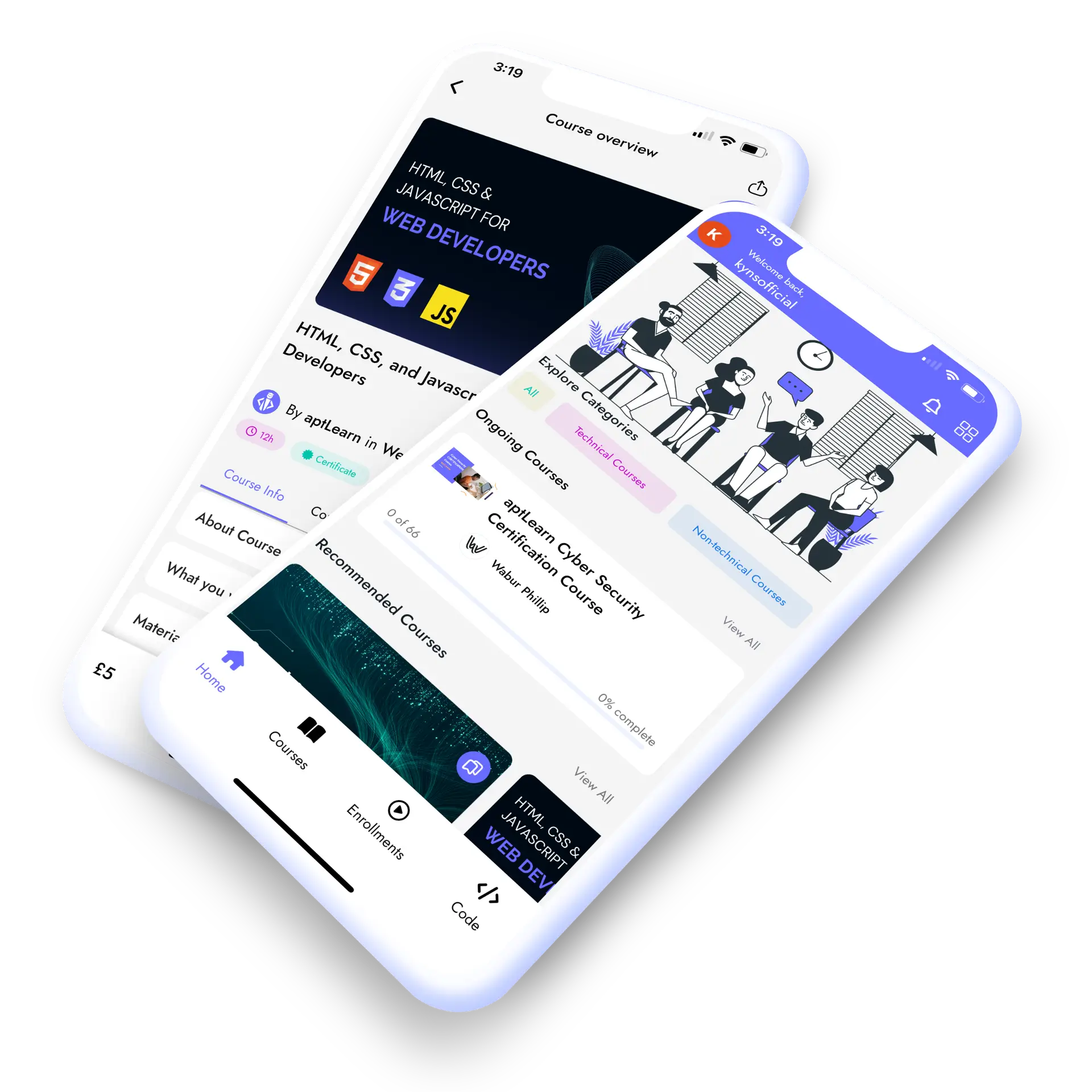
I am sure you like the above screenshot; it’s a design of our partner mobile app, aptLearn, and the secret is, of course, it has a beautiful interface design and was fully mocked up using the PixelTrue Mockup Tool.
First off, understand that screenshots make up about 75% of the app listing on the App Store search result page. That’s huge! Localizing your screenshots can also give you a significant edge, improving conversion rates by up to 30% over English-only versions. This not only boosts downloads but also opens doors to entirely new customer bases. The quality of your screenshots directly influences a customer’s perception of your app’s quality.
It’s not just about what your app does; it’s about how it looks doing it. Customers are quicker to engage with visual content than written descriptions, and they often compare your app’s screenshots to those of competitors before making a download decision. High-quality screenshots can also reduce your user acquisition costs, particularly during launch and marketing campaigns. By sharing these screenshots across various platforms, you give potential users a sneak peek into the experience your app offers, making it easier to convince them to hit that download button.
10. Mobile App Marketing using Video demos
Videos are very essential in app marketing, and if you’re not leveraging them, you’re missing out big time. Remember Apple’s iconic 1984 Macintosh commercial? Or how about the more recent SwiftSpeed Appcreator software commercial? These videos didn’t just showcase a product; they told a story, evoked emotions, and created a lasting impression. They became legendary because they connected with people on a visceral level, and that’s the power of a well-crafted video.
When it comes to mobile app marketing, the rules of the game are no different. Your app isn’t just a bunch of code; it’s a solution, an experience, a part of your users’ lives. And what better way to introduce it than through a compelling video demo? A well-executed video can do wonders for your app’s visibility and user engagement.
Most importantly, a great video can create an emotional bond between your app and your audience. It can make your app memorable, shareable, and, yes, even lovable. So, grab that camera, script your story, and let your app be the star it deserves to be.
11. Create interesting content
With the market being overly saturated, you can’t just build an app and expect people to come running. You need to woo them, and nothing does that better than compelling content. Think of content marketing as the courtship phase before you ask users to commit (read: download) to your app. Start by building a content arsenal well before your app hits the market. This isn’t just about churning out blog posts; it’s about creating a multi-platform content strategy that answers your audience’s burning questions and solves their problems.
Take, for example, you’ve developed an app that simplifies the daunting task of writing personal statements. Don’t just tell people your app is great; show them. Create a series of relatable videos featuring real-life scenarios of people struggling with their writing, only to find solace in your app. These videos can be short enough for Instagram Stories yet informative enough for a YouTube audience. The idea is to create content that resonates across platforms, turning casual viewers into engaged users and, eventually, loyal customers.
👉🏾Other Swiftspeed Users also read: How to Increase Your App Installs
12. Harness The Power of Review
Staggering 63% of companies actively gather and act on feedback from mobile app reviews. Why? Because reviews are the lifeblood of your app’s reputation. Once you’ve shifted gears from user acquisition to user retention and fine-tuning your product-market fit, it’s time to listen to your audience. If you’ve got a decent user base, that’s not just a pat on the back; it’s an invaluable resource for insights. Pop up a little invitation asking for a review, and you’ll not only gauge how well your app is doing but also get a chance to make it even better.
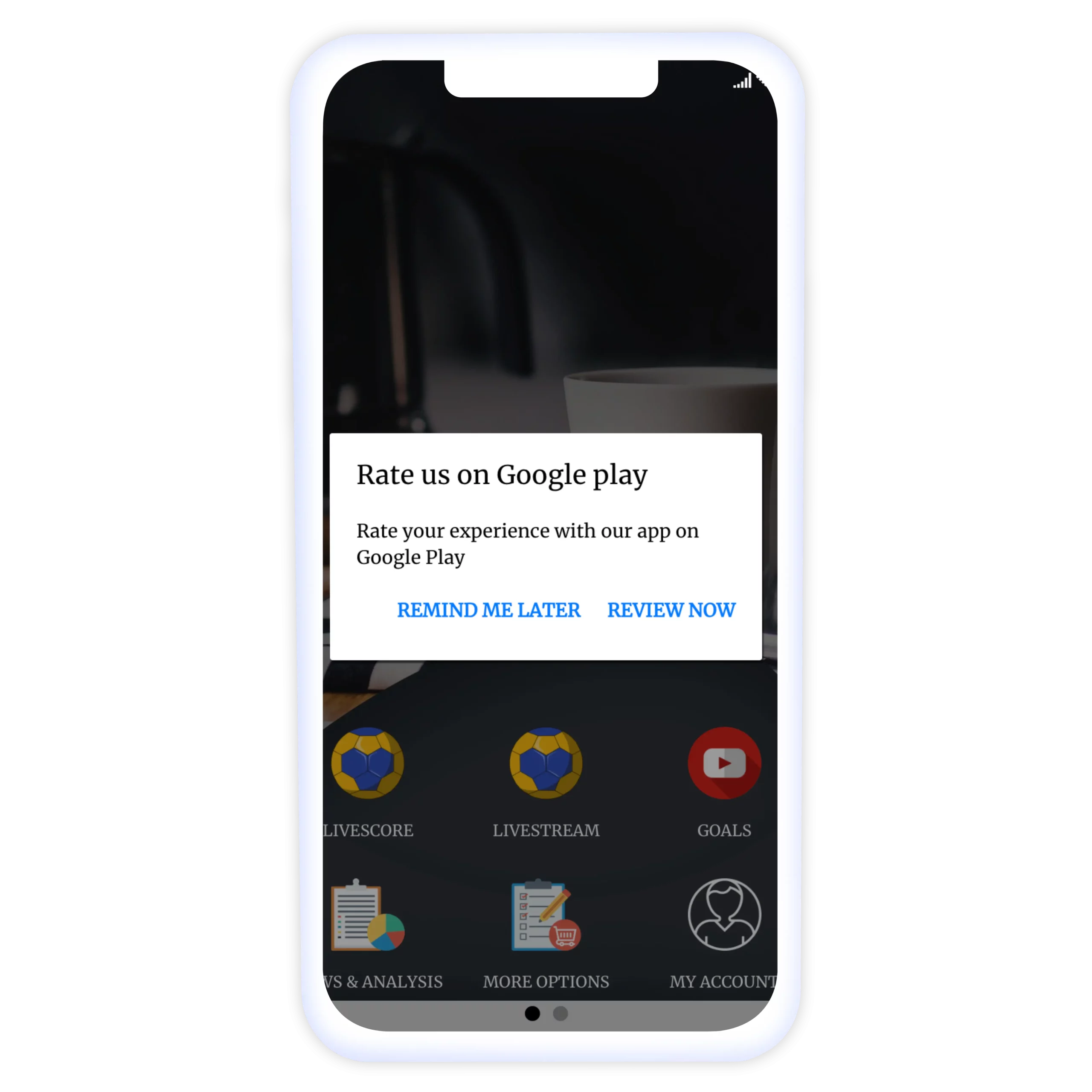
Positive reviews? Fantastic, they’ll boost your app’s credibility. Negative reviews? Don’t sweat it; treat them as constructive criticism. Address them promptly, fix the issues, and let the users know you’ve heard them. Free App Maker features developed by app creator platform like Swiftspeed contains ready-made in-platform features to implement reviews. This not only improves your app but also shows that you’re committed to providing a stellar user experience. So, go ahead, open that feedback loop, and let the reviews roll in.
Wrapping Up
Remember, even the most groundbreaking apps can gather dust in the corners of app stores if they’re not propelled by a robust mobile app marketing strategy. That’s why we’ve laid out these 12 powerful strategies for mobile app marketing in 2023, from crafting an irresistible app and leveraging video demos to mastering the art of reviews.
Marketing is not a one-time event but an ongoing process. It’s about building relationships, not just downloads. It’s about understanding that every click, every share, and yes, even every negative review is an opportunity for growth and improvement. So, as you step back into the app marketing space, trying to promote your app for more organic installs and fully armed with these strategies, remember that the most potent tool you have is a commitment to relentless improvement.
Take a look at any of the most successful apps, from Apple Music, aptLearn App, and Uber. Notice that they all have a knack for creating long-term relationships with their user base. Even for apps that don’t operate on a SaaS model, building relationships with users is still highly valuable.

